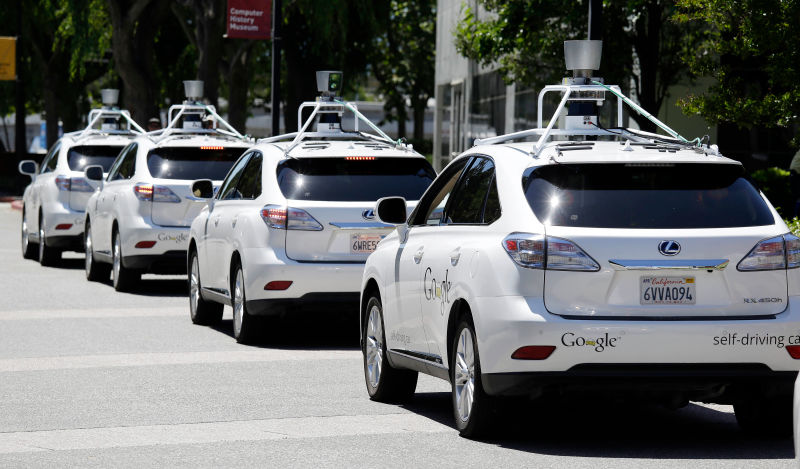
Self-driving cars seem to be just about all the auto industry can discuss lately, but at least one robotics expert thinks it’s time to slow that roll a little bit. While a Duke University researcher and is all for autonomous technology, she said it’s far from ready for widespread deployment.
That researcher, Duke engineering professor Missy Cummings, isn’t judging the landscape of autonomous technology from the outside—she has over a decade of experience as a fighter pilot and currently leads a study on how pedestrians interact with driverless vehicles. In a recent interview with Automotive News, Cummings said there’s no question that the automobile industry will one day be autonomous—what remains is how, and how fast, it will get there.
Autonomous technology is a large and complicated step to take, but it can be easy to get caught up in marketing hype that naturally comes when companies want to sell their products—in essence, making this particular step seem smoother than it may actually be when it comes to widespread dispersement.
Advertisement
But Cummings called driving “one of the most complex domains” there is—even more so than aviation. While she said she would prefer to move straight to fully autonomous roads, she simply hasn’t seen any test data to suggest that the technology is ready. To get there, Cummings believes it will take improvement on the cars and in the training that humans receive before (not) driving them.
The point that self-driving technology is at right now still requires a human at the wheel in most cases, just to make sure an outside force can take over if need be. But as the industry moves more toward fully autonomous cars, Cummings said vehicles can “never assume” that a human will be there. From her Q&A response in Automotive News:
Sponsored
Context is important. If a traffic policeman is gesturing and a car can’t interpret the gesture, it could slow down and vibrate the seat and ask a human to take over. It’s not critical that a human take over in that case. If they don’t, the car can stop.
But if a car is going 65 mph and a car is having trouble deciding whether to get off the interstate, it can’t just say: “Three, two, one, now take over.” A car would need to say: “Click this button if you’re ready to take over,” and if [the driver doesn’t], the car will need to be able to come to a safe stop in some way.
Cummings added that there needs to be an understanding between both car and human—as cringeworthy as it is to refer to technology as “understanding”—of what each is capable of doing. As for taking steps as drastic as removing the steering wheels from cars, Cummings things it’s just “not going to happen as quickly as Google might want.”
There are plenty of voices weighing in on the autonomous-car movement, and many of those simply give us dates for when to expect them. But to hear a more cautious tone is refreshing, since the days of fully autonomous consumer cars are likely plenty of years, theoretical roadblocks and legislation away.
To read the rest of Cummings’ opinions on the future of autonomous cars, the Automotive News story can be found here.
Advertisement













